News
Canada announces historic investment in the global fight against malnutrition
February 6, 2025
WP_Term Object
(
[term_id] => 49
[name] => Field Stories
[slug] => all-field-stories
[term_group] => 0
[term_taxonomy_id] => 49
[taxonomy] => news-category
[description] => Discover the personal stories of people whose lives have been impacted by better nutrition, and those working tirelessly to deliver it.
[parent] => 0
[count] => 181
[filter] => raw
)
In photos: Local shops enhance access to zinc and LO-ORS to improve child health in Kenya
In partnership with county governments across Kenya, Nutrition International is working alongside the private sector to combat childhood diarrhoea by improving access to zinc and low-osmolarity oral rehydration salts, making life-saving treatments accessible to local communities. Here’s how.
Posted on June 24, 2024
Hawa Hussein, a shopkeeper in Echichibulu community, Vihiga County, Kenya, has transformed her shop into a vital health resource. Initially unaware of the benefits of zinc and LO-ORS, Hawa started stocking the co-package after attending a seminar conducted by the Ministry of Health and Nutrition International.
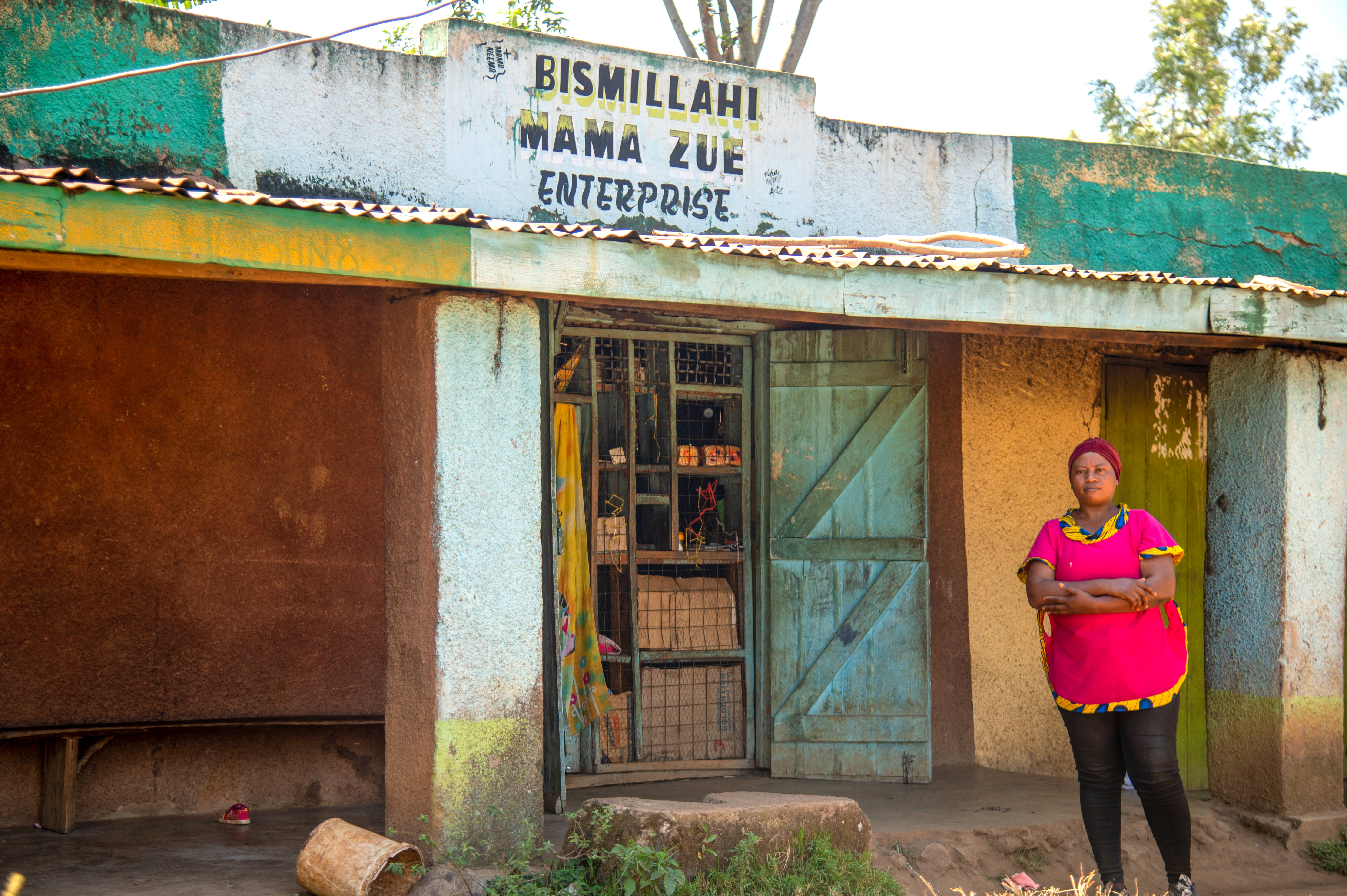
“One of my motivations around selling these drugs is giving women with babies quick access to them during late hours and weekends when doctors are not around,” Hawa explains. Her shop now serves as an essential point of access for treating childhood diarrhoea, providing timely assistance to caregivers in need. “Selling these treatments is about saving lives,” Hawa states.

Diarrhoea remains a leading cause of illness and death among children under five, accounting for a significant portion of under-five morbidity and mortality. Children are more likely to die from diarrhoea than adults.
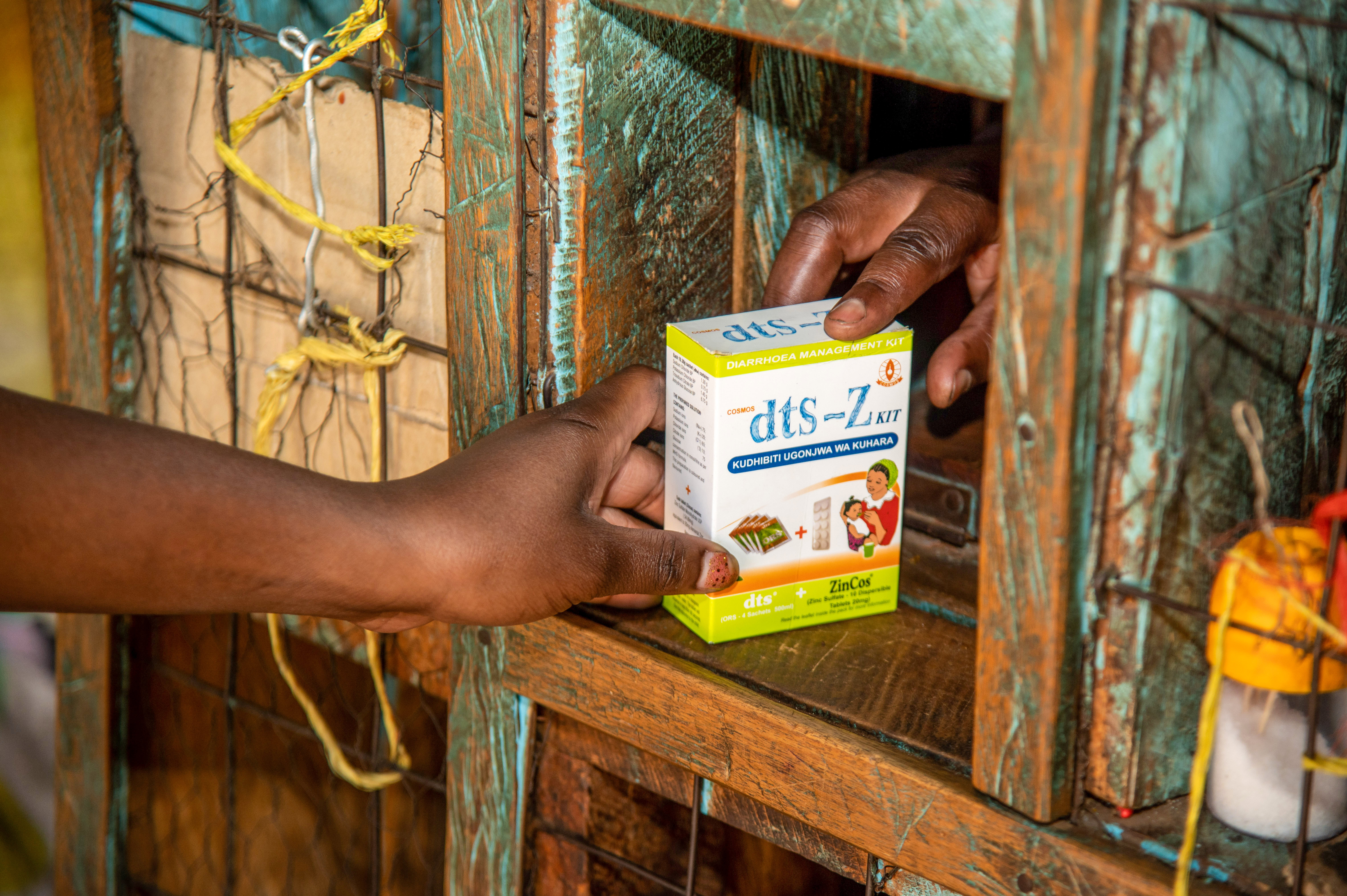
One of the effective methods to eliminate deaths by diarrhoea is treatment with low-osmolarity oral rehydration salts (LO-ORS) in combination with zinc. This treatment is a safe, simple, and effective way to reduce childhood deaths as a result of diarrhoea.
Nutrition International is supporting county governments in Kenya to implement innovative approaches that increase access to zinc and LO-ORS at the community level through local shops. Working closely with the Ministry of Health, Nutrition International provided training to shopkeepers on the severity of diarrhoea, the risks it poses to children, how it is transmitted, prevention, and the proper usage of treatment with zinc and LO-ORS. Shopkeepers are in turn sharing that information with customers.
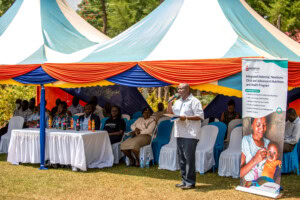
Phanice Anyoso, a farmer from Tongoi, used to rely on traditional remedies like mixing warm water with salt and sugar or using herbal leaves to treat her child’s diarrhoea. These methods provided only temporary relief.
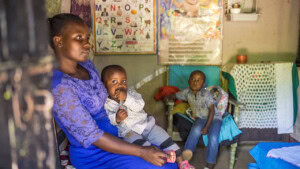
“The diarrhoea would reduce for a short while then reoccur again,” Phanice explains. After consulting a community health promoter who showed her how to use zinc and LO-ORS, she saw a its benefits. “When I tried out the treatment as instructed, I saw the importance of the drug. My child’s recovery was almost miraculous,” Phanice shares when explaining how it felt.
Phanice accessed zinc and LO-ORS at her local shop, as part of the initiative for community stores to stock and distribute the co-package at an affordable rate.

Chitwa Wilson is a community health promoter (formally known as community health volunteer) who plays a crucial role in providing families with health information, including the importance of timely treatment.

“Addressing childhood diarrhoea should be a priority in the community because we have been losing young children due to a lack of effective treatment options,” Chitwa explains. He conducts house-to-house visits and facilitates community meetings with caregivers in their efforts to prevent and treat diarrhoea effectively.
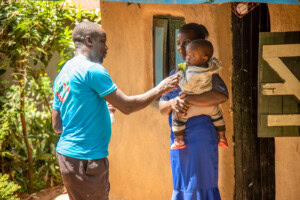
Community health promoters like Chitwa are often the first point of contact for many families, making their role crucial in the early intervention and management of childhood diarrhoea. Caregivers report to their respective community health promoter when they use the treatment and the data is captured for reporting. The program’s emphasis on local ownership means that these health practices are more likely to be adopted and maintained in the long run.
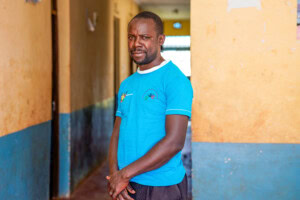
The program’s success is driven by the involvement of various stakeholders, including health officials, community health promoters, shopkeepers and primary caregivers. The Director of Health and the Sub County Child Health Focal Person oversee the proper implementation and monitoring of the program. Training sessions and continuous educational efforts ensure that these key players are well-equipped to support the community.

The integration of local businesses into the health intervention strategy is an innovative aspect of the program, employing a business model for sustainability. The shop owners and their wholesalers were trained in tracking stocks, safe storage and timely ordering. In addition, shopkeepers were also connected with community health providers and healthcare referral points. Within this model, shops become more than a just place of commerce; they become a hub of community health education and support.
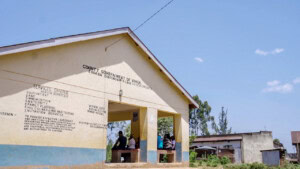
This initiative not only addresses the immediate challenge of childhood diarrhoea but also establishes a sustainable model that can be replicated in other regions. The personal testimonies of Phanice, Chitwa, and Hawa highlight the significant impact of integrated health interventions, showcasing how local ownership and resource utilization can lead to substantial improvements in child health.